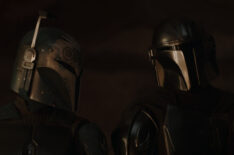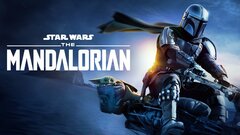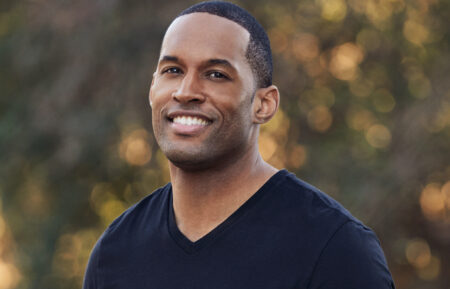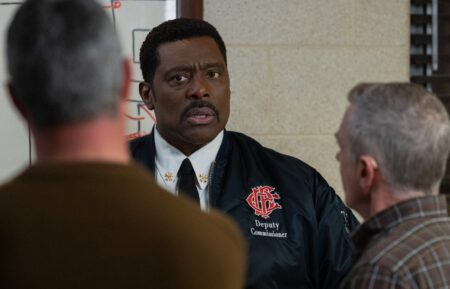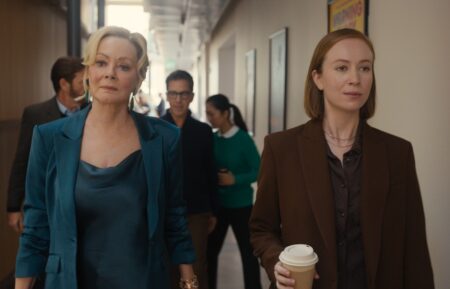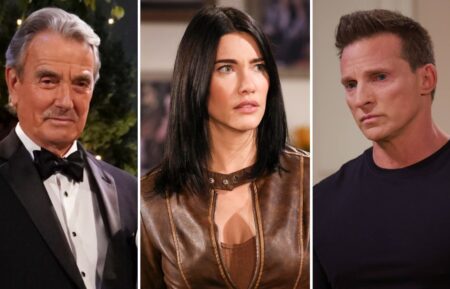How ‘The Mandalorian’ Lost Its Way in Season 3
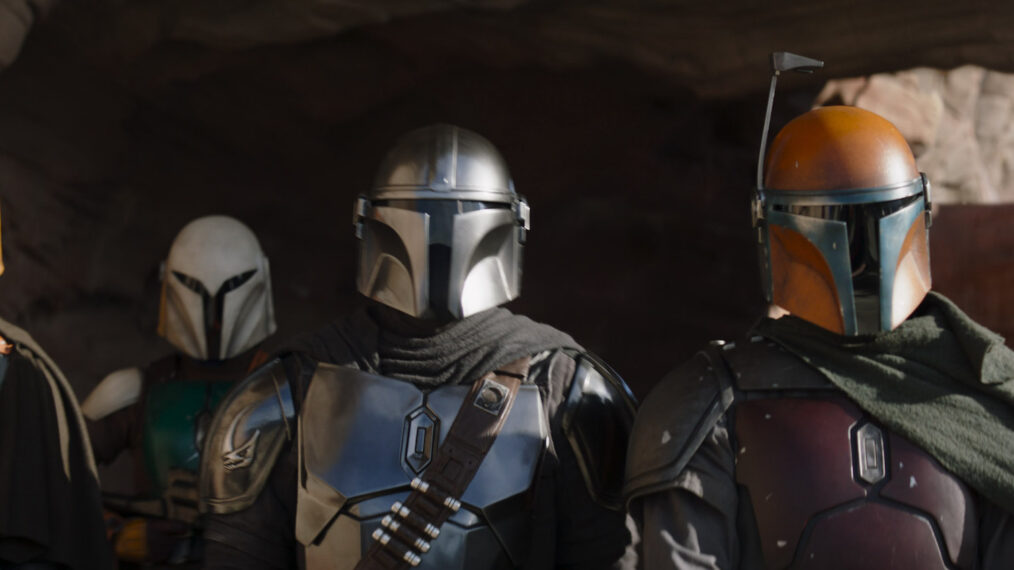
Opinion
[WARNING: The following contains MAJOR spoilers for The Mandalorian Season 3 finale.]
Like a jetpack running on fumes, The Mandalorian’s third season has chugged unevenly along for eight episodes — and as of the finale, some might say the show’s in dire need of a refuel.
The Mandalorian has always shone in action sequences, and if you were there for Grogu, he still snacks on weird stuff and does cute things at regular intervals. With that said, for the first time, the shine on the Star Wars franchise’s flagship show has started to tarnish. Here’s what we think Mando might’ve done better, and what we’d like to see from Season 4.
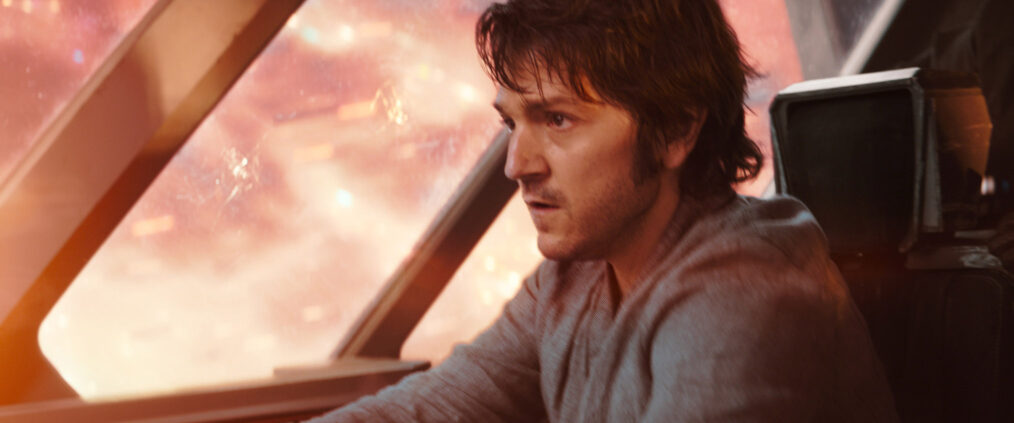
The Andor Effect
Yes, they’re different shows with different tones, different characters, and vastly different places in Star Wars canon. Neither is without a single pulled stitch. Nonetheless, good writing is good writing, so it merits saying; The Mandalorian suffered in comparison to its predecessor, Andor. Put the shows side by side, and the chips in Mando’s paint are evident. Andor managed to effectively utilize a large ensemble cast, giving every main character vital story beats and a meaningful arc. It was filmed on location rather than leaning into the sometimes tired-looking “volume”; its dialogue walked the line between realism and pure poetry. (“That’s just love—nothing you can do about that.” “I love him more than anything he could ever do wrong.”)
Simply put, Andor showed Star Wars fans what the universe could offer; political intrigue, thought-provoking moral ambiguity, sets, and settings real enough to breathe. The Mandalorian’s third season didn’t measure up. Certain moments had the appearance of being obviously filmed on a set. More than once, the dialogue fell flat. Intriguing character arcs got smashed beneath the ever-tumbling boulder of the thin plot, and difficult questions remain not just unanswered, but unasked. Is Din (Pedro Pascal) ever going to grapple with the, um, complexity of belonging to a cult that won’t let him remove his helmet even to say goodbye to someone he loves? Season 3 couldn’t have pleased everyone in the galaxy, but it came up short when slotted right after one of the best Star Wars entries in recent decades.
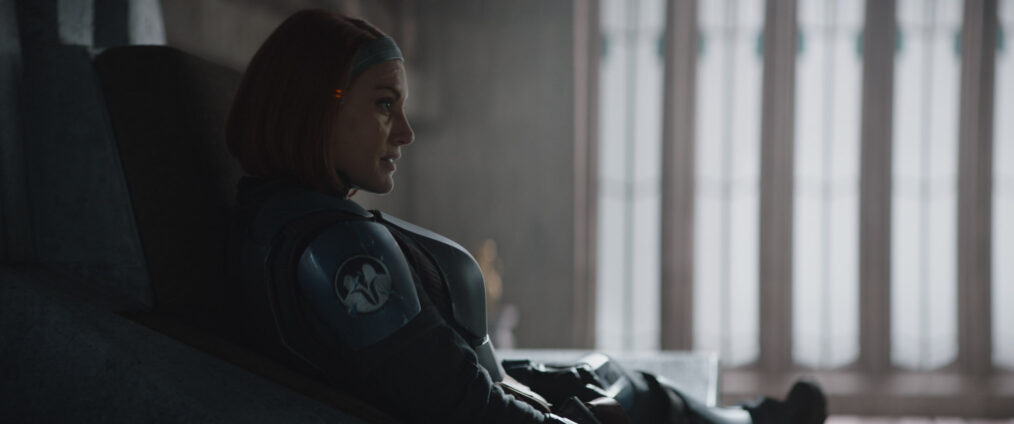
Bo vs. Din
To be clear: The Mandalorian’s incorporation of Bo-Katan Kryze (Katee Sackhoff) wasn’t even in the same orbit as a bad idea. It would’ve been strange for the show to soar on without her — she’s a Clone Wars staple and a fan-favorite Mandalorian. Going into Season 3, however, most couldn’t have anticipated how Bo-Katan-centric The Mandalorian would become. In many ways, Season 3 was hers as much as Din’s. Again, not an inherently bad idea… but the execution led to an unfortunately glaring imbalance.
Season 3 of The Mandalorian offered little for its main character to actually do. No longer bounty hunting or attempting to find a Jedi to train his son, Din spent much of the past eight episodes getting saved, engaging in random firefights, kicking droids, and proffering a few vaguely motivational lines from beneath his helmet. Earlier seasons saw Mando develop and grow as he learned to both love and let go, but Season 3 didn’t give him much; his dilemma with the Darksaber was resolved shockingly swiftly, and his bewildering reunion with Grogu in The Book of Boba Fett nullified his heartrending sacrifice in the Season 2 finale. Din and Bo made an excellent team, but it would’ve been wizard if the season could’ve been a duet with Din Djarin singing the other half.
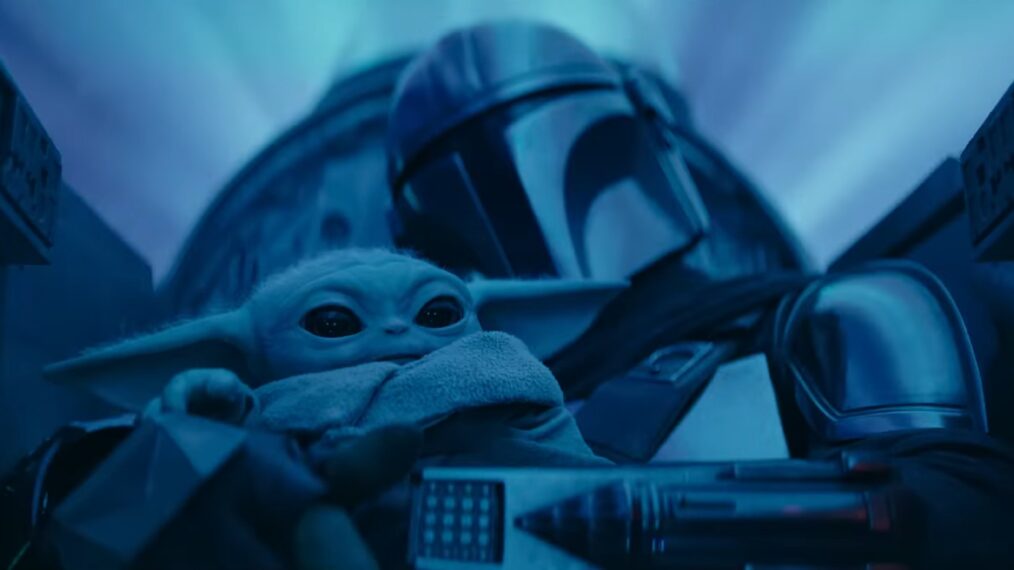
Scattered, Like Stars in the Galaxy
Even judging Season 3 solely on its own merits, it’s still difficult to understand what the past eight episodes of The Mandalorian were about. The show spent its first half spinning its wheels and setting up a New Republic plotline that didn’t really go anywhere in the end — seriously, is Dr. Pershing (Omid Abtahi) safe? Is he alright? While Season 3 did eventually settle down and focus on retaking Mandalore, that wasn’t clear from the outset. Suffering from a serious lack of direction, characters tracked down multiple giant monsters and embarked on guest-star-studded side quests. The Pershing episode gave fans an illuminating glimpse into the destined-to-fall New Republic, but it also felt as if it had been yanked from a different program. Giancarlo Esposito’s Moff Gideon didn’t even show up until after the halfway point, in a sequence that felt more like a teaser for Ahsoka than anything Mandalorian-related.
The first two seasons had Beskar-solid goals. Season 1? Protect The Child. Season 2? Get The Child to a Jedi. Season 3 had no obvious goal or forward motion for too long, and the story sagged under that weight. If the whole season had been devoted to the Darksaber conflict, uniting the Mandalorian clans, and combining differing Mandalorian “Ways” and philosophies into a unified fighting force, the story might’ve felt less scattered.
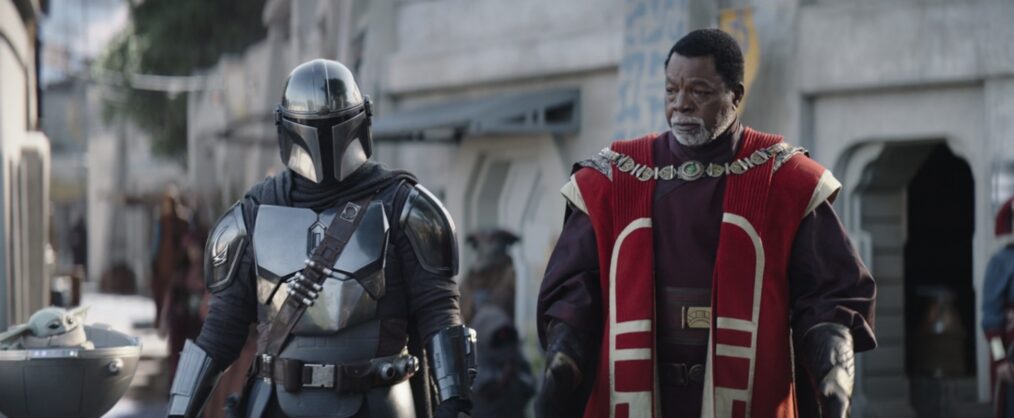
Lack of Character Development
At the end of Season 2, The Mandalorian appeared to be setting up a third season that would shake its main character to his core. He’d lost his son and been forced to take the weapon that made him the (involuntary) leader of his people. For all intents and purposes, it felt like the start of a new hero’s journey arc: a reluctant, kindhearted “nobody” destined to banish the evil from his home world and bring peace to his people. Season 3 washed all of that away, reuniting Din and Grogu in a different show and passing the Darksaber to someone other than Din on a strange technicality.
It’s a symptom of a larger issue The Mandalorian has: it’s not all that interested in the inner life of its characters. Din never struggles with the weight of the Darksaber or whether his clan’s beliefs are the only beliefs worth adhering to; Bo gets some time to wallow in and explain her failures, but her season-long companionship with Din and Grogu never resolves into anything by the finale’s end; we still, three seasons in, don’t know who The Armorer is or why she’s so devoted to her Way; Moff Gideon was evil because he was evil, and now he’s (maybe) dead. For all the hullaballoo about the Darksaber last season and its symbolic vitality to the Mandalorian people, no one much seems to care that Gideon destroyed it.
The Mandalorian focuses so heavily on the awe-inspiring glimmer of Beskar that it sometimes neglects the humans and their human conflicts beneath. Hopefully, a smaller-scale fourth season that sees Din and Grogu go back to traveling the galaxy patches some of the tears evident in Season 3—and fills up the show’s coughing jetpack.
The Mandalorian Season 3, all episodes now streaming, Disney+


